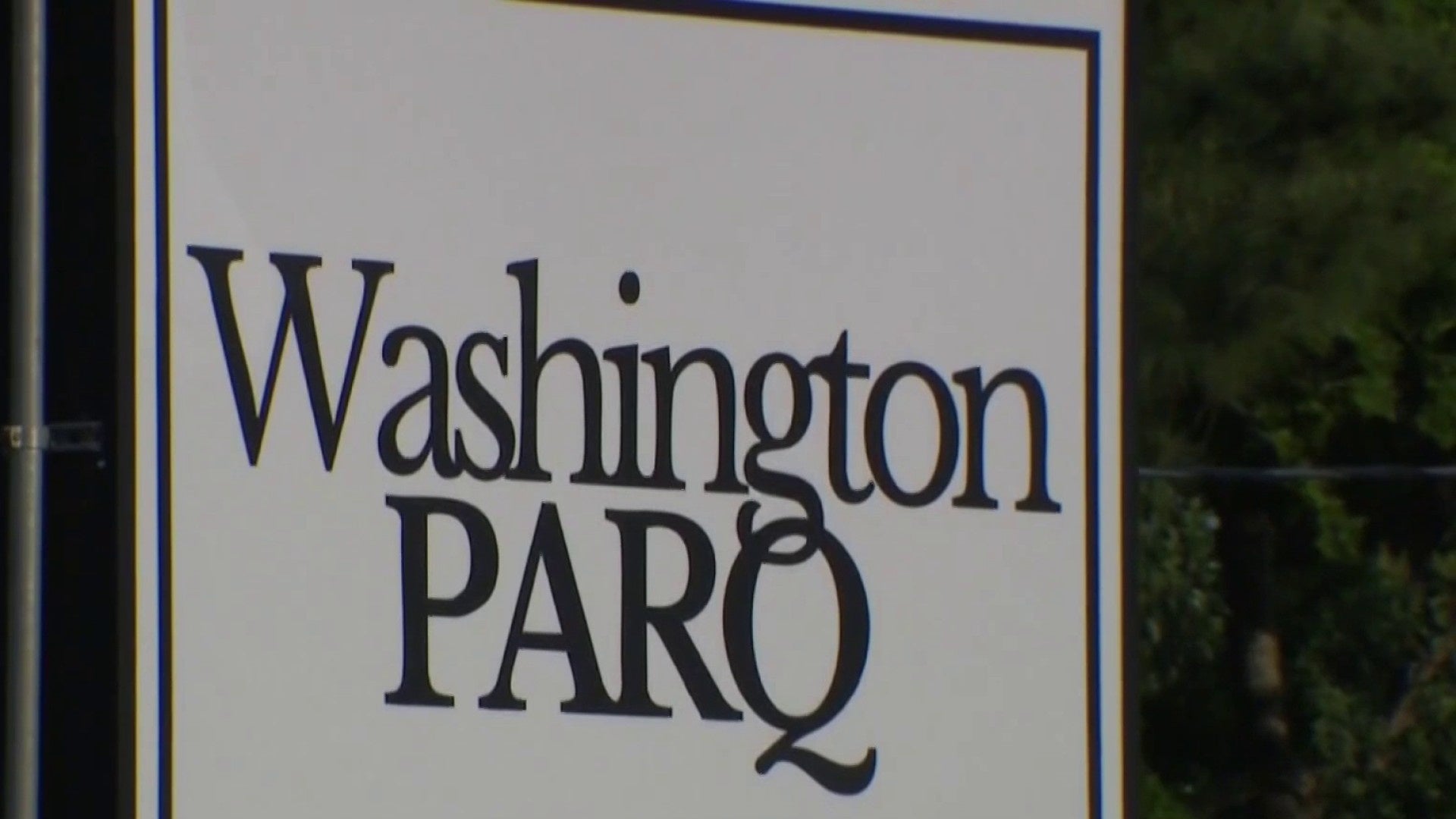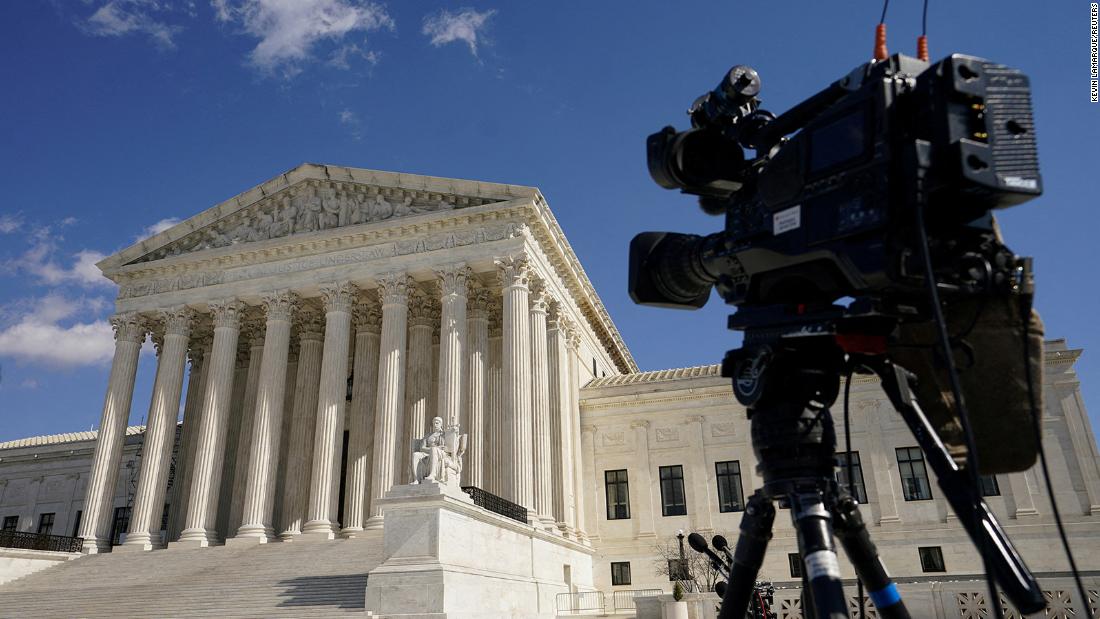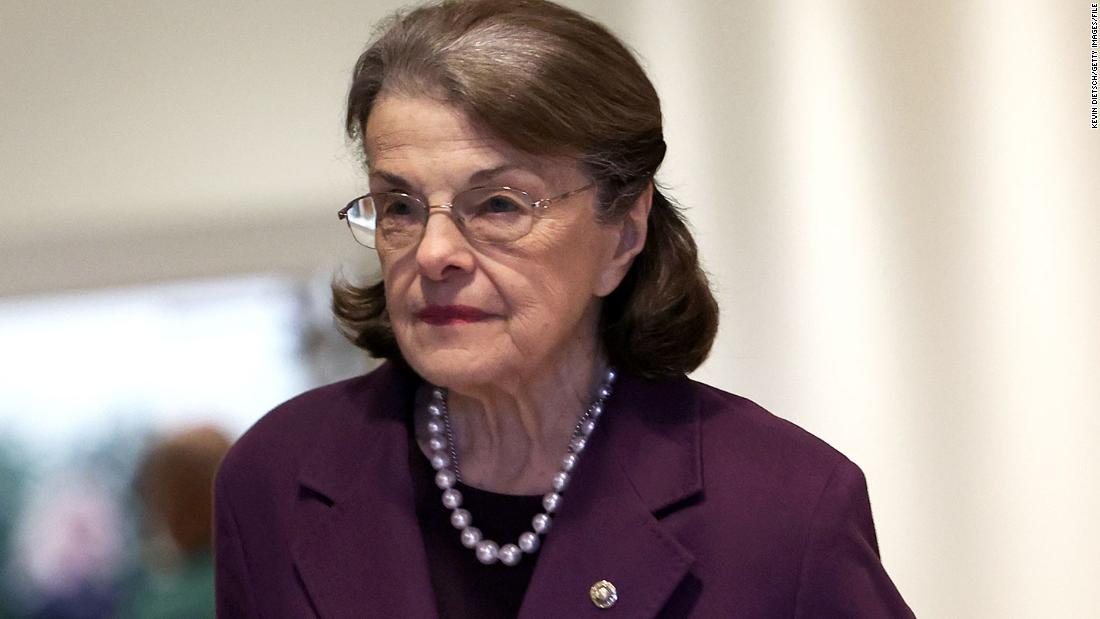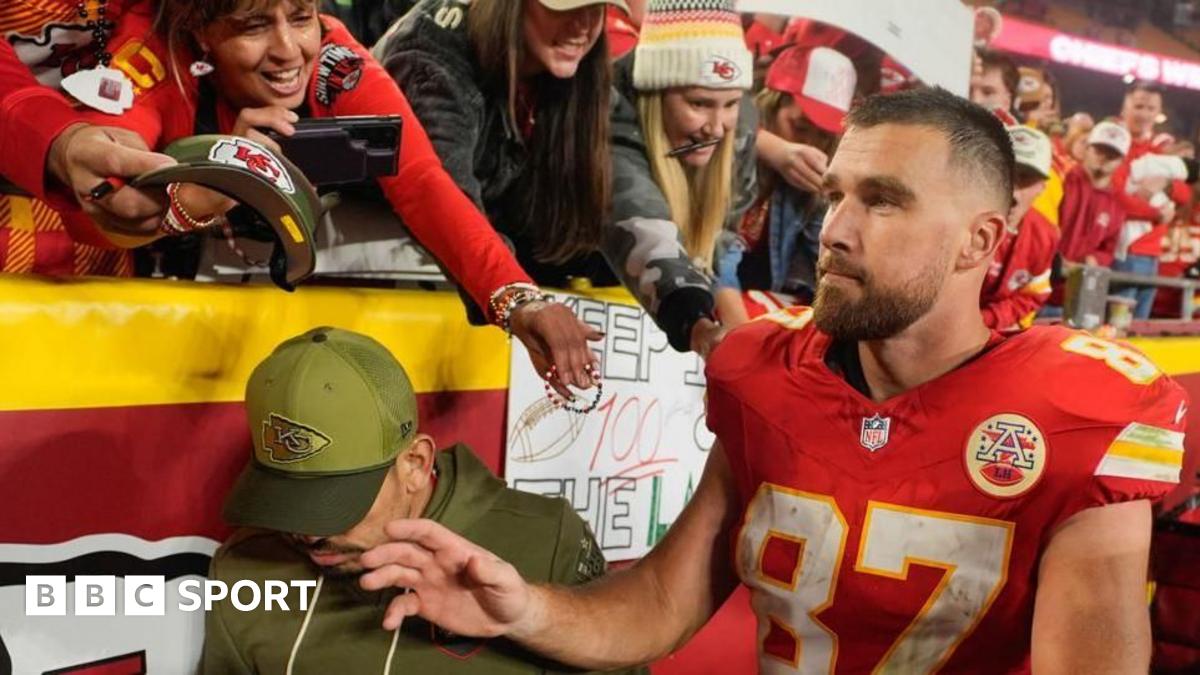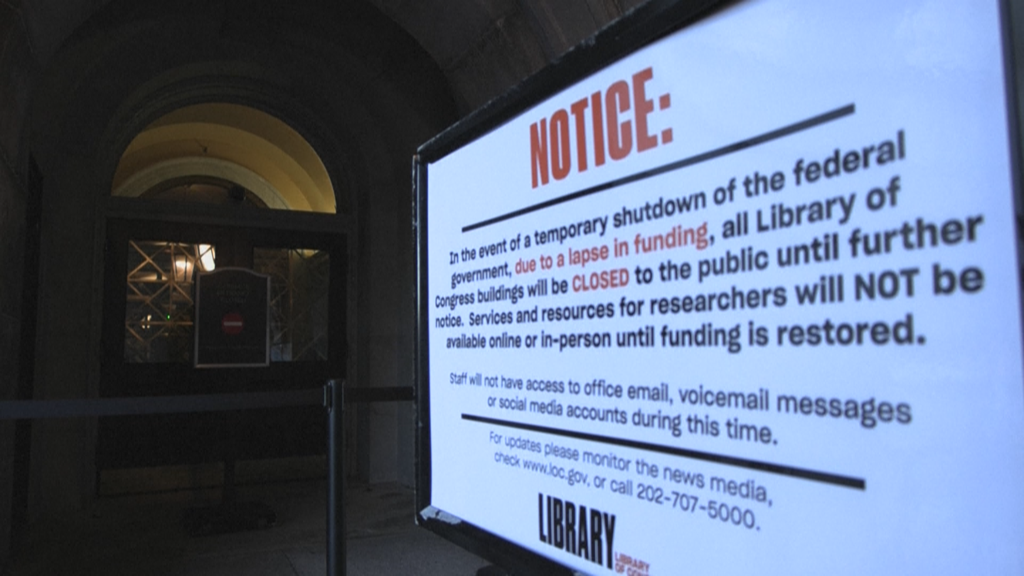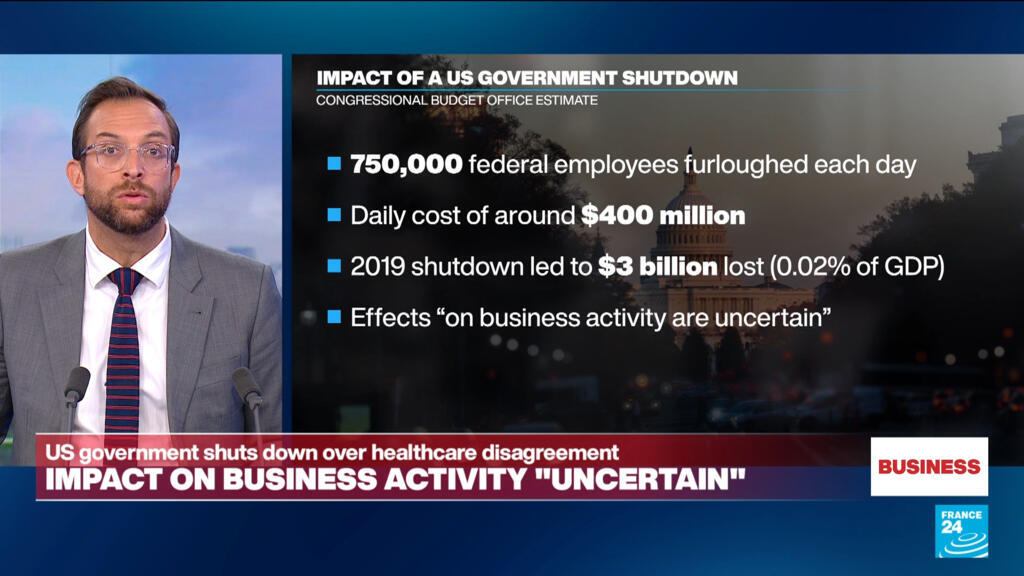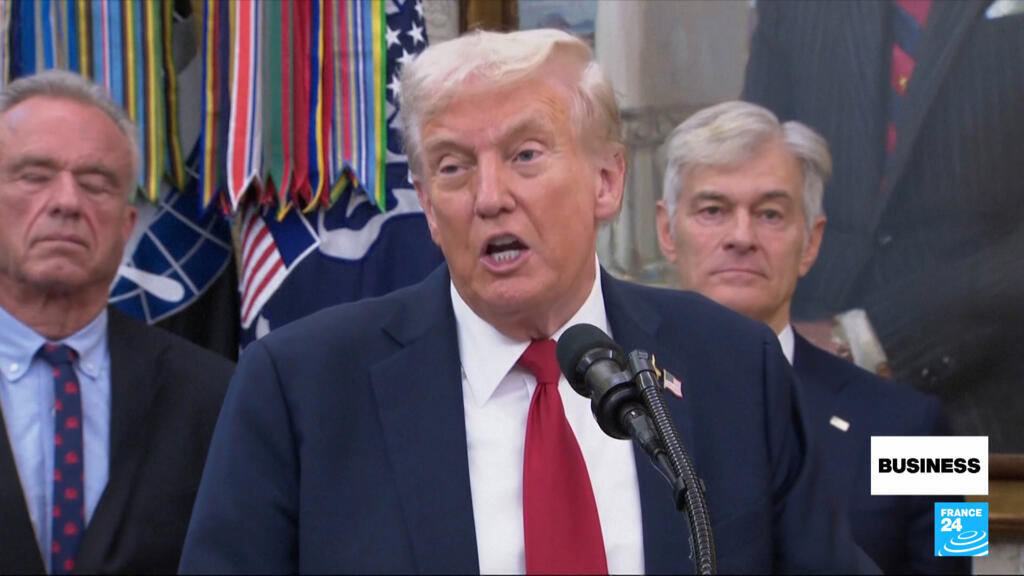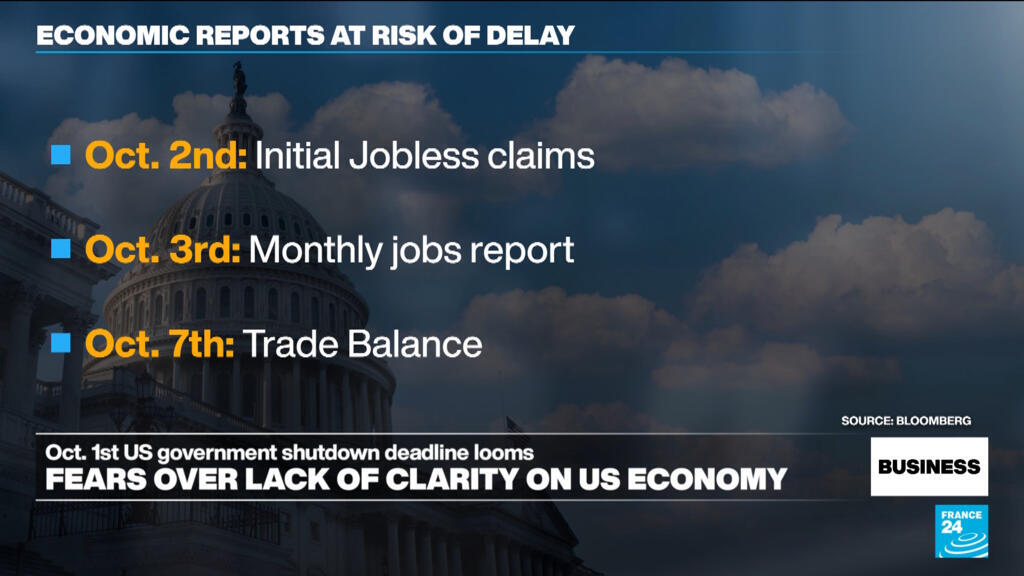‘Penny rounding’ charge may add (or subtract) extra fee to your grocery bill
One viewer discovered a “penny rounding” change on his receipt from a Kroger store on Highway 6, prompting questions about the practice as the United States begins phasing out penny production.
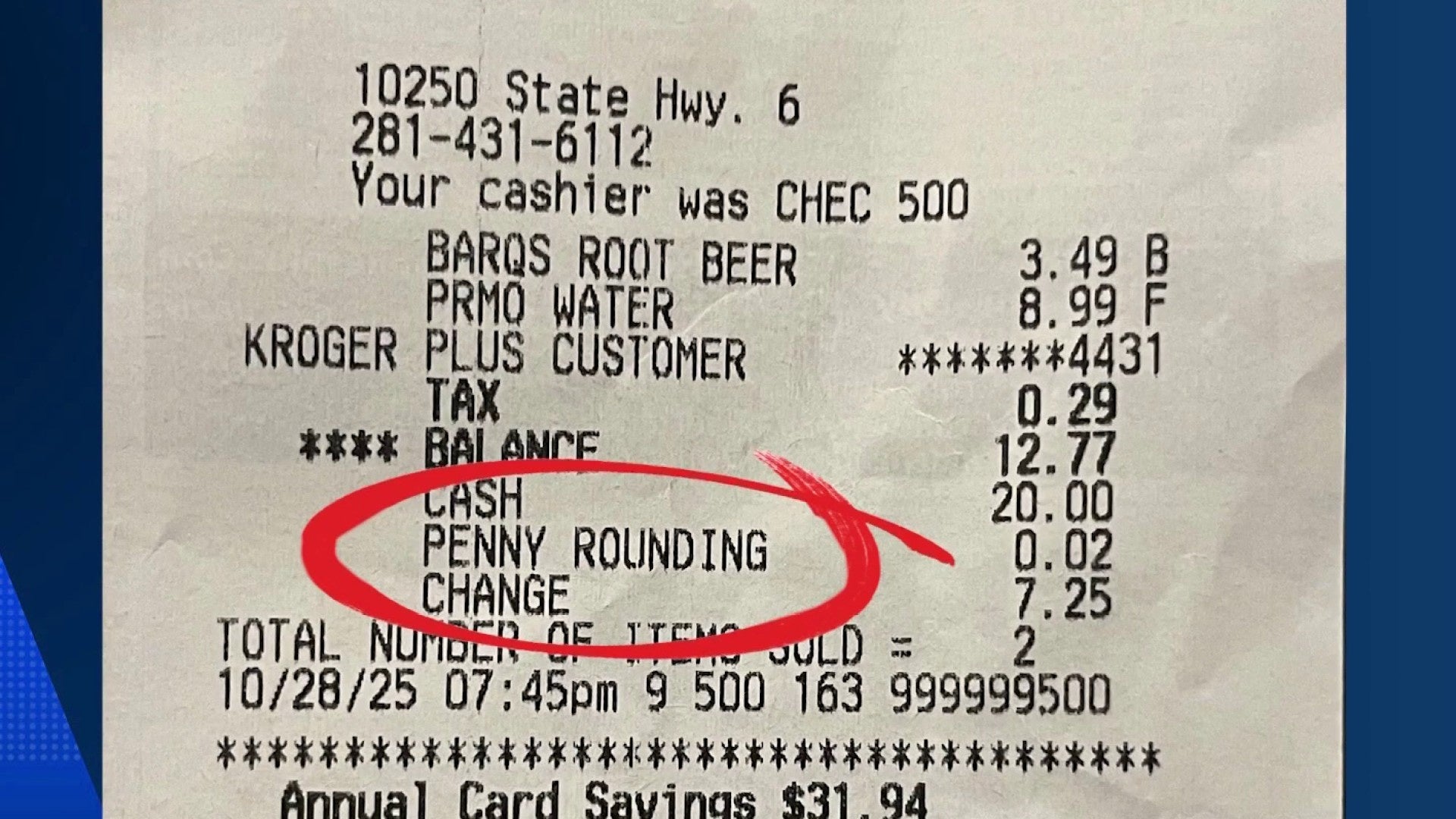
Some Houston-area shoppers are noticing ‘rounding’ changes on their grocery receipts as retailers adjust to changes in penny production and cash handling practices.
One KPRC 2 viewer discovered a “penny rounding” charge on his receipt from a Kroger store on Highway 6. He messaged ‘2 Helps You’ to ask about the practice as the United States begins phasing out penny production.
Kroger provided this statement when asked about ‘penny rounding’.
“We continue to assess the impact of the U.S. Treasury’s decision to end penny production. If using cash for payment, we kindly ask customers to consider providing exact change. Kroger will continue to accept pennies for payment.”
Earlier this year, President Donald Trump ordered the Treasury Department to stop producing new pennies, citing the rising cost of production. Each penny costs approximately 3.7 cents to manufacture, making their production a significant financial loss for the government.
The Retail Industry Leaders Association – told KPRC 2 retailers across the country are trying to figure out how to adjust to this change. They are advocating for Congress to provide guidance to how rounding should work. A spokesperson said retailers are working in their communities with their banks to try to provide correct change to people who pay in cash. (RILA includes companies like: Academy, HEB, Home Depot and Target.)
What are the rules about penny rounding?
There are not ‘rules’ around penny rounding but the general rule is that cash transactions are rounded to the nearest nickel. A common rounding rule is as follows: If the final digit of a purchase ends in 3, 4, 8 or 9 cents, the total will be rounded up; if it ends in 1, 2, 6 or 7 cents, it will be rounded down. Transactions ending in 0 or 5 cents are not rounded. For example, a $7.23 purchase would be rounded up to $7.25 and a $7.26 purchase would be rounded down to $7.25.
The American Bankers Association indicates there isn’t currently a penny shortage, but rather a shift in consumer behavior as fewer people carry and use the coins for transactions.
The practice of rounding up or down to the nearest five cents for cash transactions is becoming more common as retailers adapt to the changing currency landscape.
One interesting note: According to a Congressional Research Service report, merchants could continue penny rounding practices even for electronic transactions to maintain pricing consistency across payment methods.
Multiple major retailers in the Houston area, including Walmart, H-E-B, and Aldi, have been contacted for comment about their penny rounding policies. We will let you know when we hear back.
The U.S. Mint reported losing $85.3 million in fiscal year 2024 on the production of nearly 3.2 billion pennies.
U.S. pennies will remain legal tender even after production ceases. Consumers can continue using them in transactions, though their availability will gradually decline as existing coins fall out of circulation.

